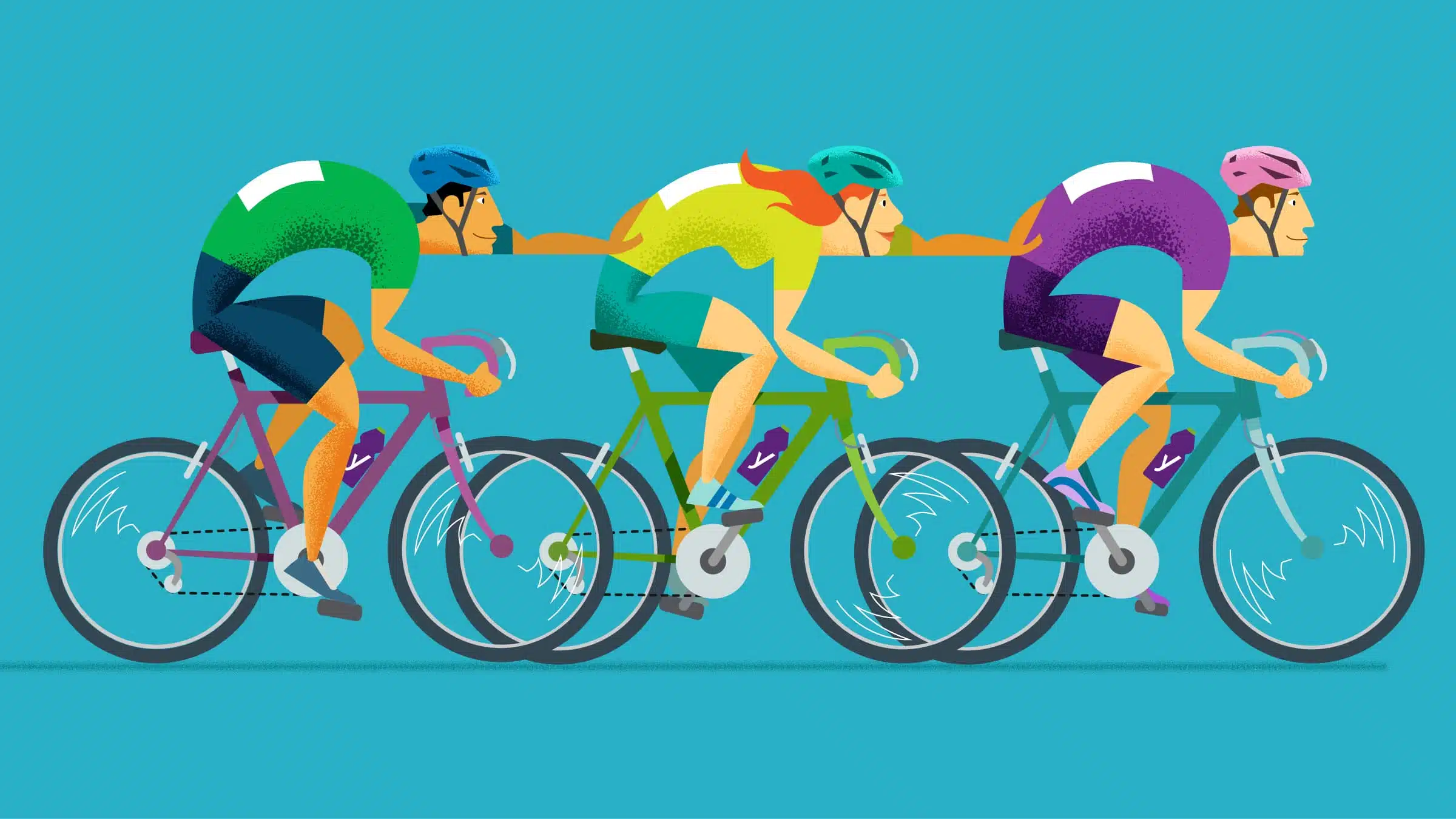Simple Steps to Improve WordPress Site Speed for an Enhanced User Experience In today’s fast-paced digital world, the speed at which a website loads can greatly impact user experience, conversion rates, and even search engine rankings. Slow loading websites frustrate users and can potentially result in lost traffic and revenue. WordPress, being one of the most popular content management systems, offers several ways to improve site speed and provide users with a seamless browsing experience. In this article, we will discuss some simple steps to optimize your WordPress site for enhanced speed and performance. 1. Choose a Lightweight Theme: The first step towards improving site speed is to select a lightweight and efficient WordPress theme. Themes with excessive features, large files, and complex designs can significantly slow down your website. Opt for a minimalistic theme that prioritizes speed and performance. 2. Use a Reliable Hosting Provider: A reliable Hosting provider plays a crucial role in determining your website’s speed. Choose a Hosting provider that offers optimized servers, high uptime, and fast loading times. A WordPress-specific Hosting service can further enhance your site speed by providing dedicated resources and caching mechanisms. 3. Enable Caching: Caching can drastically improve your website’s loading speed by storing static versions of your pages that can be quickly delivered to users. WordPress provides various caching plugins such as W3 Total Cache and WP Super Cache, which can be easily integrated into your site. These plugins enable browser caching, page caching, and database caching, reducing the server load and speeding up website delivery. 4. Optimize Images: Images are often the largest files on a webpage and can significantly slow down your website’s loading time. To optimize images, use compression techniques and appropriate file formats. WordPress plugins like Smush and EWWW Image Optimizer can automatically compress and optimize images as you upload them, without compromising their quality. 5. Minimize Plugin Usage: Although plugins offer various functionalities, excessive use can also slow down your website. Avoid overloading your WordPress site with unnecessary plugins. Regularly review and eliminate any plugins that are not essential. Keep only those plugins that are actively maintained and compatible with the latest version of WordPress. 6. Limit External Scripts: External scripts, such as ads, social media widgets, and analytics trackers, can significantly affect your website’s loading time. Minimize the use of external scripts or load them asynchronously so that they don’t block the rendering of your page. Moving scripts to the footer section can also improve site speed, as they load after the main content. 7. Implement Content Delivery Network (CDN): A CDN stores your website’s static content on multiple servers distributed globally. When a user accesses your site, the content is delivered from the server closest to their geographic location, reducing latency and improving load times. Popular CDN providers include Cloudflare, MaxCDN, and Amazon CloudFront. 8. Reduce Redirects: Each redirect adds an additional round trip to the server, resulting in longer loading times. Minimize the use of redirects whenever possible. If redirects are necessary, ensure they are used sparingly and only when the benefits outweigh the potential performance impact. FAQs Q: Are all WordPress themes created equal when it comes to speed? A: No, not all WordPress themes have the same level of optimization and performance. It’s important to choose a lightweight and optimized theme that prioritizes speed. Q: What is browser caching and how does it improve site speed? A: Browser caching allows a user’s browser to store static files, such as CSS and JavaScript components, so that they don’t have to be downloaded repeatedly. This reduces the server load and improves site speed. Q: How can I determine if a plugin is slowing down my website? A: You can identify the performance impact of plugins by using tools such as P3 (Plugin Performance Profiler) or Query Monitor. These tools provide insights into plugin usage and their impact on your website’s loading time. Q: Is it necessary to optimize images if I have a fast internet connection? A: Yes, image optimization is crucial for all websites, regardless of the user’s internet speed. Optimized images reduce file size, resulting in faster loading times for all visitors. Q: Can I switch Hosting providers without affecting my site speed? A: Switching to a reliable Hosting provider can improve site speed, but the migration process can temporarily impact your website’s performance. Choose a Hosting provider that offers seamless migration services to minimize downtime. Conclusion Improving your WordPress site’s speed is an ongoing process that requires regular monitoring and optimization. By implementing these simple steps, you can significantly enhance your website’s user experience, reduce bounce rates, and improve search engine rankings. Remember to choose a lightweight theme, use a reliable Hosting provider, enable caching, optimize images, and limit plugin usage. With a faster website, you will create a seamless browsing experience that keeps users engaged and ensures the success of your WordPress site.
FREE WooCommerce Speed Repair Plugin
Are you dealing with WooCommerce speed issues? WooCommerce is powerful but it loads dozens of scripts and styles even when…

















